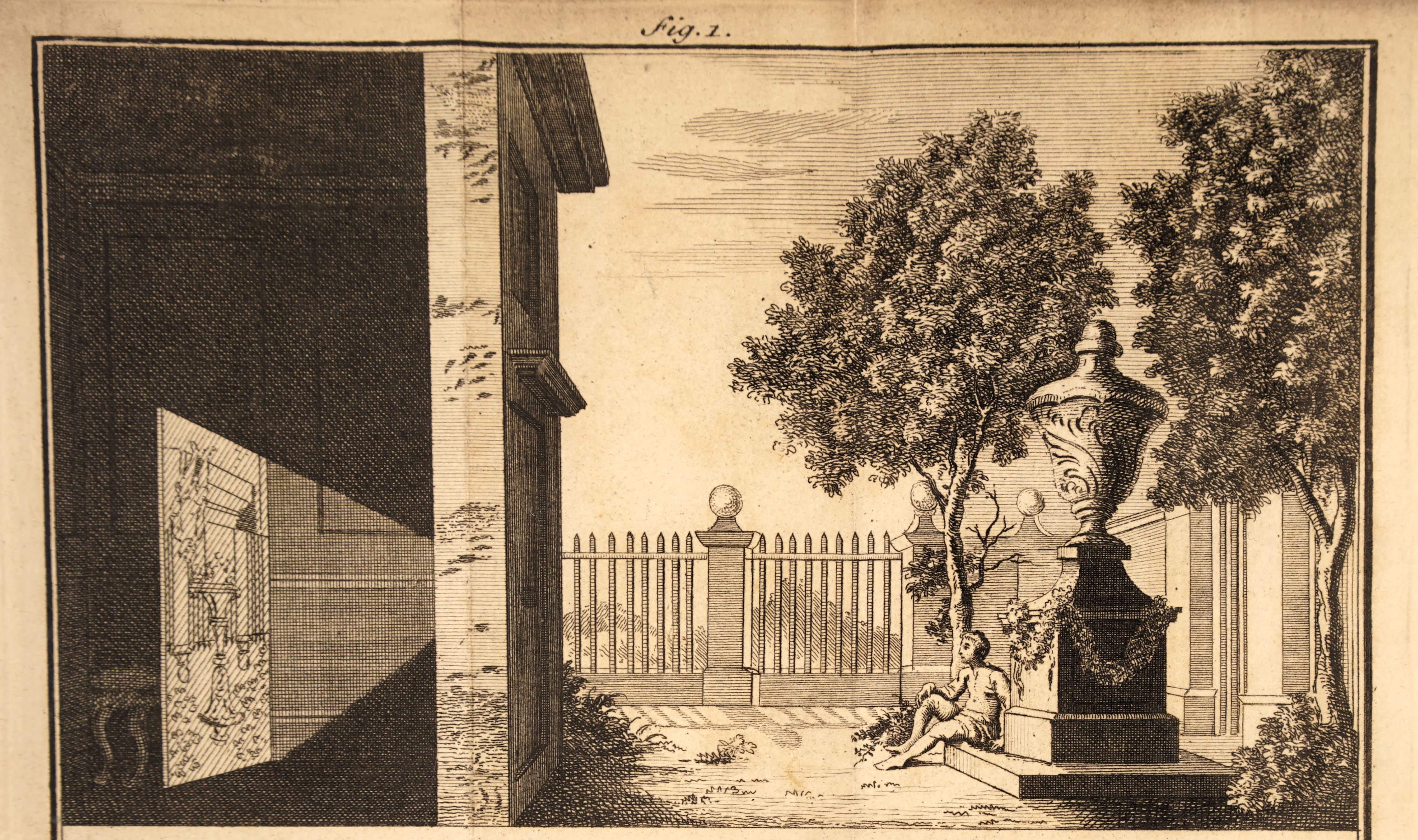Show up in the solution of the quantum harmonic oscillator after separation of variables leading into the time-independent Schrödinger equation, much like solving partial differential equations with the Fourier series.
I.e.: they are both:
- solutions to the time-independent Schrödinger equation for the quantum harmonic oscillator
- a complete basis of that space
David Tong's 2009 Quantum Field Theory lectures at the Perimeter Institute by  Ciro Santilli 37 Updated 2025-07-16
Ciro Santilli 37 Updated 2025-07-16
Lecture notes: Quantum Field Theory lecture notes by David Tong (2007).
By David Tong.
No-Nonsense Quantum Field Theory by Jakob Schwichtenberg (2020) by  Ciro Santilli 37 Updated 2025-07-16
Ciro Santilli 37 Updated 2025-07-16
This book really tries to recall basic things to ensure that the reader will be able to understand the more advanced ones.
But Ciro Santilli really prefers it when authors error on the side of obvious.
An Introduction To Quantum Field Theory by Peskin and Schroeder (1995) by  Ciro Santilli 37 Updated 2025-07-16
Ciro Santilli 37 Updated 2025-07-16
Unfortunately, this approach bores Ciro Santilli to death. Or perhaps is too just advanced for him to appreciate. Either of those.
800+ pages.
Quantum electrodynamics by Lifshitz et al. 2nd edition (1982) by  Ciro Santilli 37 Updated 2025-07-16
Ciro Santilli 37 Updated 2025-07-16
Based on the fact that we don't have a P algorithm for integer factorization as of 2020. But nor proof that one does not exist!
The private key is made of two randomly generated prime numbers: and . How such large primes are found: how large primes are found for RSA.
The public key is made of:
n = p*q- a randomly chosen integer exponent between
1ande_max = lcm(p -1, q -1), wherelcmis the Least common multiple
Given a plaintext message This operation is called modular exponentiation can be calculated efficiently with the Extended Euclidean algorithm.
m, the encrypted ciphertext version is:c = m^e mod nThe inverse operation of finding the private
m from the public c, e and is however believed to be a hard problem without knowing the factors of n.Bibliography:
- www.comparitech.com/blog/information-security/rsa-encryption/ has a numeric example
A way to write the wavefunction such that the position operator is:i.e., a function that takes the wavefunction as input, and outputs another function:
If you believe that mathematicians took care of continuous spectrum for us and that everything just works, the most concrete and direct thing that this representation tells us is that:equals:
the probability of finding a particle between and at time
Derived from classical first principles, matches Planck's law for low frequencies, but diverges at higher frequencies.
The most important type of lens is the biconvex spherical lens.
For an example, see E. Coli K-12 MG1655 operon thrLABC.
Multiple different transcription units can be produced by a single operon, see: operon vs transcription unit.
Unlisted articles are being shown, click here to show only listed articles.

